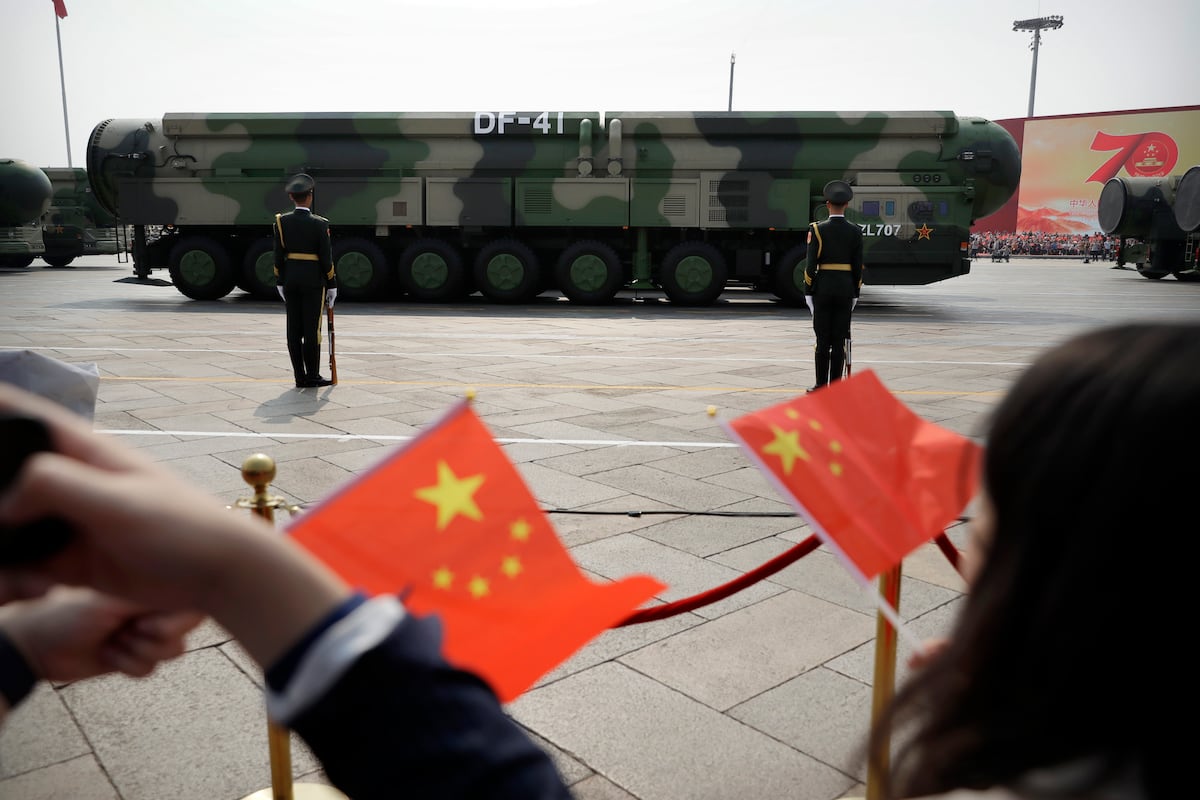Revitalizing the UK’s Nuclear Deterrent: Strategic Developments for the Royal Air Force
The Royal Air Force (RAF) is poised to reintegrate a nuclear-strike capability into its arsenal, marking a crucial shift in the United Kingdom’s defense policy. Air Chief Marshal Harv Smyth, who assumed command of the RAF in August, has underscored this objective as a top priority for the service.
Enhancing NATO’s Deterrence Framework
In a recent keynote address at the 2025 DSEI UK exhibition in London, Smyth stated, “The RAF will soon possess the means to deliver credible and robust responses within NATO’s nuclear framework, having incorporated this capability into our escalation strategy.” The anticipated integration of nuclear-capable F-35A Lightning II aircraft will significantly enhance the UK’s strategic options.
Key Procurement Initiatives
The June 2025 decision to acquire 12 new F-35A jets is a pivotal part of this strategy. With the addition of these dual-capable aircraft—designed to carry both conventional and nuclear payloads—the UK is re-entering an elite group of NATO members, which includes the United States, Germany, Italy, and several others, that maintain similar capabilities.
- Deployment Location: The new F-35 aircraft will be stationed at RAF Marham.
- Long-Term Acquisition Goal: The UK plans to expand its F-35 fleet to a total of 138 units over the program’s lifespan.
Geopolitical Context and Adversary Awareness
In assessing this development, Smyth noted the importance of ensuring that “our adversaries take notice.” He specifically cited Russia, China, Iran, and North Korea as noteworthy actors in today’s complex geopolitical landscape. This acknowledgment highlights the pressing need for the UK to bolster its deterrent capability in response to evolving threats.
Commitment to Defense Modernization
Smyth articulated a broader vision for the UK’s defense posture, stating, “We are entering an era defined by the defense dividend, characterized by a government intent on propelling the UK to the status of a global defense superpower.” This ambition underscores the importance of air and space power as critical components of national security and rapid response mechanisms.
Strategic Implications
The RAF’s revitalization of its nuclear strike capability aligns with recent global military trends, where nations are increasingly re-evaluating their deterrence strategies in light of shifting power dynamics. By reintegrating a nuclear option, the UK signals its commitment to both national and alliance security, reinforcing NATO’s collective deterrent posture in an unpredictable international environment.
Takeaways for Defense Analysts
- Increased Nuclear Capabilities: This initiative will reaffirm the UK’s role in NATO’s defense strategy.
- Focus on Modern Threats: Awareness of adversarial developments is crucial for maintaining an effective deterrence posture.
- Long-Term Goals: As the UK invests in advanced capabilities, it aims to secure both strategic options and project stability in a multifaceted threat landscape.
The ongoing evolution of the RAF’s capabilities reflects a pivotal moment in British defense policy, reinforcing the notion that air power will increasingly serve as the UK’s first line of defense in uncertain times.





